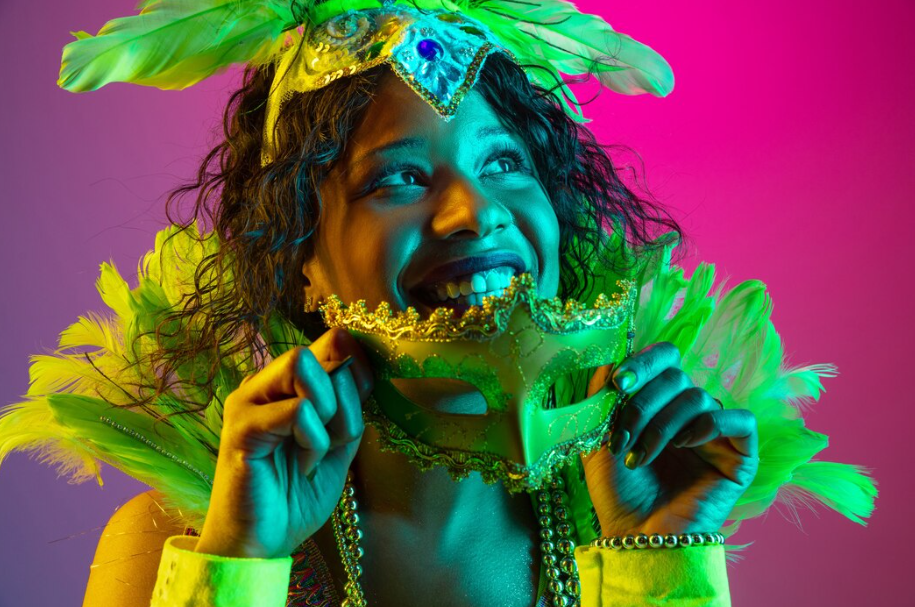Carnivals worldwide are renowned for their vibrant colors, infectious music, and jubilant atmosphere. However, beneath the surface of Dominica’s Carnival lies a complex web of intrigue and controversy. In this article, we’ll delve into the fascinating yet often overlooked realm of “nasty business dominica carnival celebrations.
Introduction
Dominica, known as the “Nature Isle of the Caribbean,” boasts a rich cultural heritage, with Carnival being one of its most anticipated annual events. Visitors flock to the island to witness the spectacular parades, elaborate costumes, and pulsating rhythms that characterize this vibrant festival. However, behind the scenes, a different narrative unfolds – one marked by power struggles, financial disputes, and questionable practices collectively known as the “Nasty Business.”
Unmasking the Dark Side
At first glance, Dominica’s Carnival appears to be a harmonious celebration of culture and tradition. Still, closer inspection reveals a more complex reality. Beneath the glittering facade lies a world where rivalries simmer, alliances shift, and conflicts arise over everything from sponsorship deals to coveted parade positions. This undercurrent of competition can lead to tensions among participants and organizers alike, tarnishing the festival’s reputation.
The Influence of Politics
Like many cultural events, Dominica’s Carnival is not immune to political influence. Political parties often vie for control over Carnival committees and funding, using the festival as a platform to promote their agendas and garner support from the public. This intertwining of politics and culture can lead to allegations of favoritism, corruption, and manipulation, further complicating the Carnival conundrum.
Economic Implications
Beyond its cultural significance, Carnival is also a significant economic driver for Dominica, attracting tourists and injecting revenue into the local economy. However, the distribution of wealth generated by the festival is often uneven, with some stakeholders profiting handsomely while others struggle to cover their expenses. This disparity exacerbates existing inequalities within the community and fuels resentment among those left on the sidelines of Carnival’s financial bonanza.
Conclusion
Dominica’s Carnival is a paradoxical blend of joy and intrigue, spectacle, and secrecy. While the world marvels at the island’s colorful festivities, insiders grapple with the complexities of “Nasty Business” behind the scenes. As we continue to explore the intricacies of this enigmatic celebration, it’s essential to acknowledge the challenges it faces and strive for transparency, fairness, and accountability in its organization and execution. Only then can Dominica’s Carnival truly fulfill its potential as a beacon of cultural expression and unity in the Caribbean.

